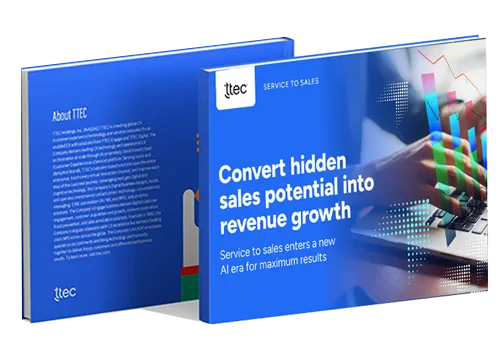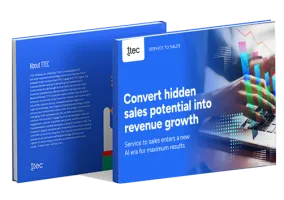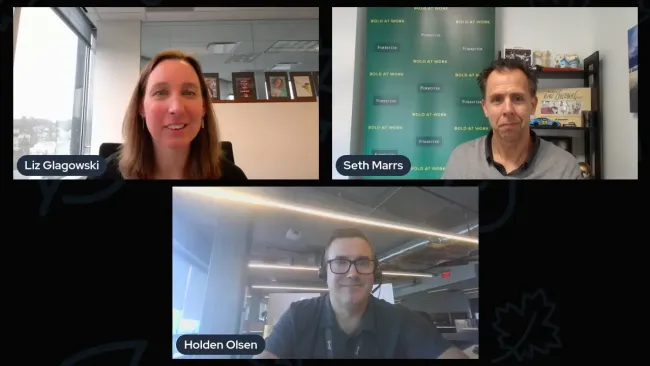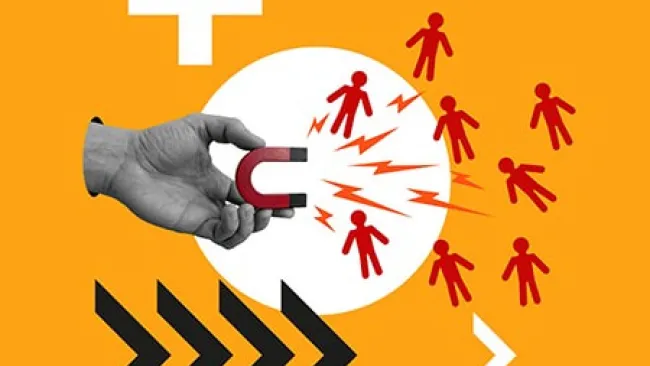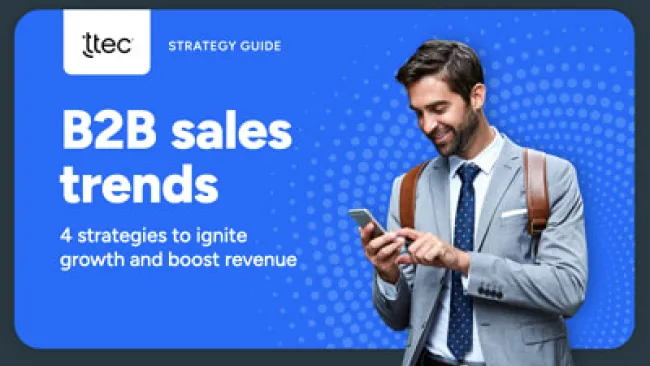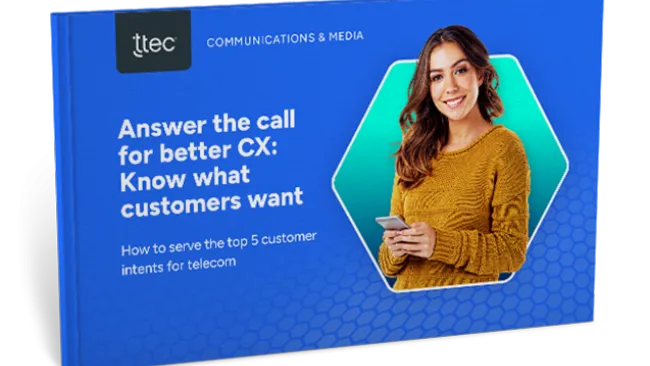Sales engagement tools play a vital role in sales success, letting sellers categorize and nurture leads in a way that maximizes their odds of converting. The tools provide a sort of playbook on when to contact which leads, the best channels to use, the right cadence, and the type of messaging that resonates with certain customers.
But many companies that invest in sales engagement tools aren’t realizing their full potential.
Too often, sales leaders think it’s enough to merely set these tools up and then load them with sequences. While there’s some value in that approach – it’s always beneficial and more efficient to give salespeople a uniform approach for handling certain types of prospects – there is so much more these tools have the power to do.
If you’re not using all the capabilities woven into these tools, you’re missing out on potential sales and ROI. Here are three ways to get the most out of your sales engagement tools.
Choose the right tools
With so many sales engagement options available, it’s key to pick the ones that will best fit your needs and drive the results you need.
Look for tools that have flexibility built into them. A good sales engagement strategy constantly assesses what’s working and what isn’t, and allows you to make adjustments along the way to continually maximize results. You need tools that are agile enough to adapt when they need to – like when a sequence or cadence loaded into it needs to be changed on the fly, for example.
Also be sure to choose tools that have robust tracking, reporting, and analytics capabilities. The greatest benefit these tools bring is the wealth of actionable insights they can produce – if you choose the right ones.
Tap into the power of analytics
The real power in these tools comes from the powerful and trackable analytics they generate, which can offer a deep understanding of customer behavior and preferences. They can tell you whether a phone call, email, or text message gets more engagement or conversions; what type of email subject lines generate the best open rates; whether the third call in a sequence is more effective than the first – and so much more.
Armed with this type of knowledge, you can hone a message and outreach strategy that better engages customers and ultimately drives more conversions. These insights can (and should) also inform marketing efforts and give the entire organization a better understanding of who your customers are, how to interact with them, and when they’re likely to buy.
The analytics generated by these tools, and their resulting insights, present huge opportunities for brands. To help realize the full potential, consider having a team that is dedicated solely to diving into the data.
Work with an experienced partner
Unfortunately, the reality is that many companies don’t have the resources to devote an entire team to sales engagement analytics. It’s a big job that requires the right skillset, and sales teams can’t take it on – they’re too busy doing what they do best, which is selling.
That’s when working with an experienced partner can help. The right partner can help you choose the right tools to fit your specific business needs, as well as make the most out of those tools, ensure they’re aligned to your overall sales and CX strategies, help you define success, and guide you as you make adjustments along the way.
Simply buying and implementing sales engagement tools isn’t enough. You need the right tools, people, and strategy working together to truly capitalize on all these tools have to offer. When all these aspects align, your brand will benefit from a deeper understanding of your customers, a more efficient outreach process, and better conversions rates.
Explore more
Learn how to convert and retain your customers with an effective sales chat program.
Our Sales Excellence Accelerator assesses your existing sales operations and tailors our best-practice playbook with recommendations to supercharge your sales.



